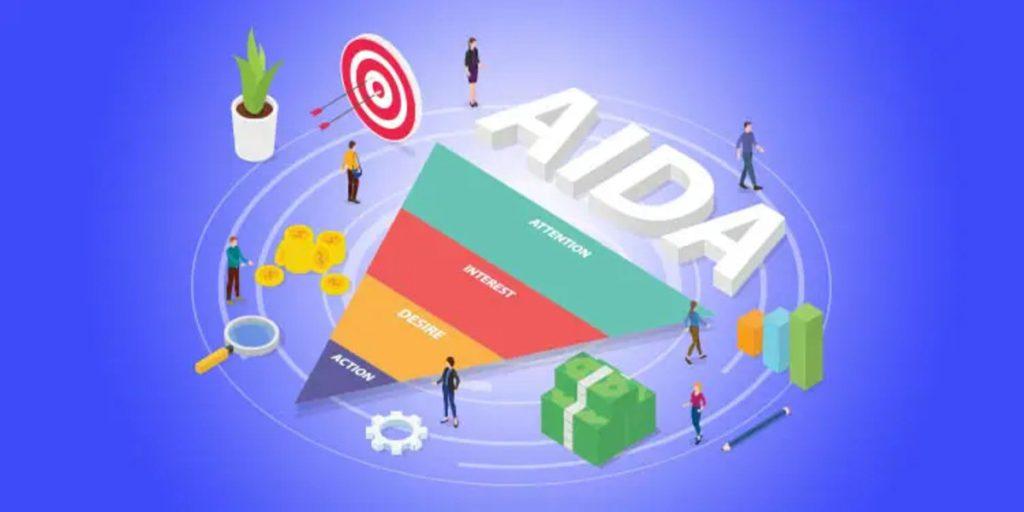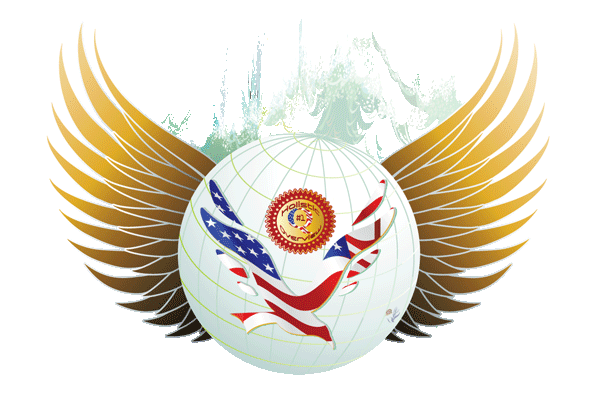Post Views: 997
AIDAS stands for Attention, Interest, Desire, Action, and Satisfaction.
The AIDAS selling theory is a strategy that businesses use to facilitate and increase sales and provide a framework for converting a prospect into a paying customer. The acronym represents the five stages arranged in hierarchical and chronological order. Fully address each stage before you move on to the next.
Specialists also call AIDAS an advertising effect model because it describes the customer’s journey and interaction with a brand, beginning with the first encounter and ending with a purchase. The AIDAS model states that a prospect goes through five different stages before finally responding satisfactorily to our product. thus he should be led comfortably through all five stages. The AIDAS theory of selling is one of the widest known theories and is the basis for training materials across numerous organizations.
Continue Reading
The AIDAS Model
The AIDAS model has 5 stages and each of the stages is mentioned below.
1) Attention
Gaining attention is a skill and just like any skill, gaining attention can be improved upon with practice. This is an important stage A common phrase applicable over here is “First impression is last impression”. The initial attempt of the sales person must be to put the customer completely at ease. Casual conversation is one of the best openers after which the sales person can gain customer attention by leading him onto the sale. to know more about gaining attention read my post on how to gain customer attention.
2) Interest
The Interest stage is an important stage for all companies because once you have gained attention, it is very important to maintain interest. Some sales people are very good in the opening but as the technicalities take over, they become uncomfortable while explaining the product. Whereas others who are strong in the product department might open bluntly but create interest in the second stage. Maintaining interest is a crucial part of the sales process and hence is included in the AIDAS theory.

3) Desire
Have you seen the commercials wherein you just have to get out of your house and get the product? Perhaps a car, an ice cream or a house. The same has to be done by the sales person in personal selling. He has to create enough desire in the customers mind such that he immediately has to buy the product. Imagine an aquaguard sales man or a tupperware sales person. They highlight the product in such a manner that you might be thinking “Why didnt i buy this product before”. Thus kindling that desire becomes an integral part of the AIDAS selling theory.
4)Action
Although there may be desire for the product, the customer might not act on it. He might want to buy the product but he might NOT buy it. In such cases the customer needs to be induced. There are various ways to induce the customer such that he buys the product. It is important for the sales person to understand whether to directly induce the customer or whether to push subtle reminders that you are there for a sales call 😉 . Both methods work, but you need to know your customer.
5) Satisfaction
What would you do after the customer has given the order? Will you stand up, Point at him and shout “Fooled ya”. I dont think so. The customer has just parted with his money. Just like you part your money and expect good service, he expects the same too. So even after he has bought the product, you need to reassure the customer that he has made the right decision. The product is good for the customer and you only presented the product. It was his decision and he is right about it. These small cues post the sales process really give confidence to the customer and he then looks forward to your product rather than thinking whether or not he has made the right decision.
How to implement AIDAS in your organization?
There are multiple ways you yourself can use AIDAS for your organization. Let us take you through each step and how you can take your customers through each step
- Attention: Offer free samples, incentives, and discounts to your customers. Example – FMCG companies grab interests in malls by offering free samples.
- Interest: Launch products with better features and benefits to drive the interest of customers. Utilize storytelling and influencer marketing to capture interest. Example – A lot of software companies market their features and benefits and influencers make videos on it.
- Desire: Keep a time-bound offer on the product so that the customer desires immediately to have the product. Alternatively, make the product features so good that the customer just wants to have it.
- Action: Make the customer commit to the purchase. Many customers are hesitant to take action but giving more discount or topping up additional freebies are ways to make the customer take action.
- Satisfaction: Ensure customer satisfaction by engaging with them, giving after sales support and service and ensuring customer happiness.
Benefits of using AIDAS
Using the AIDAS selling theory helps businesses improve their marketing and sales campaigns and helps individual sales reps improve their success rate. This is because it covers all aspects of the sales process, such as gaining attention, driving action and offering post-sale support. Using this framework, salespeople can measure their strategies against each stage of AIDAS and ensure they’re giving enough attention to each stage. Introducing new sales recruits to AIDAS can also be an effective way to train them and teach them about key concepts.
The AIDAS Model helps marketers by understanding what their target audience needs and building a marketing strategy based on the needs of customers. By understanding what drives satisfaction for customers and understanding how customers travel through each stage of the AIDAS model, marketers can create tailored products and services to cater to their customers.
Besides this, the 5 stages can also help marketers identify new product ideas and the type of products that are likely to be successful. It’s also a model that’s both simple and effective. You can use the AIDAS theory in both a digital marketing and in-person context because the sales process is largely the same other than the different communication channels
Discover More:


















Comments